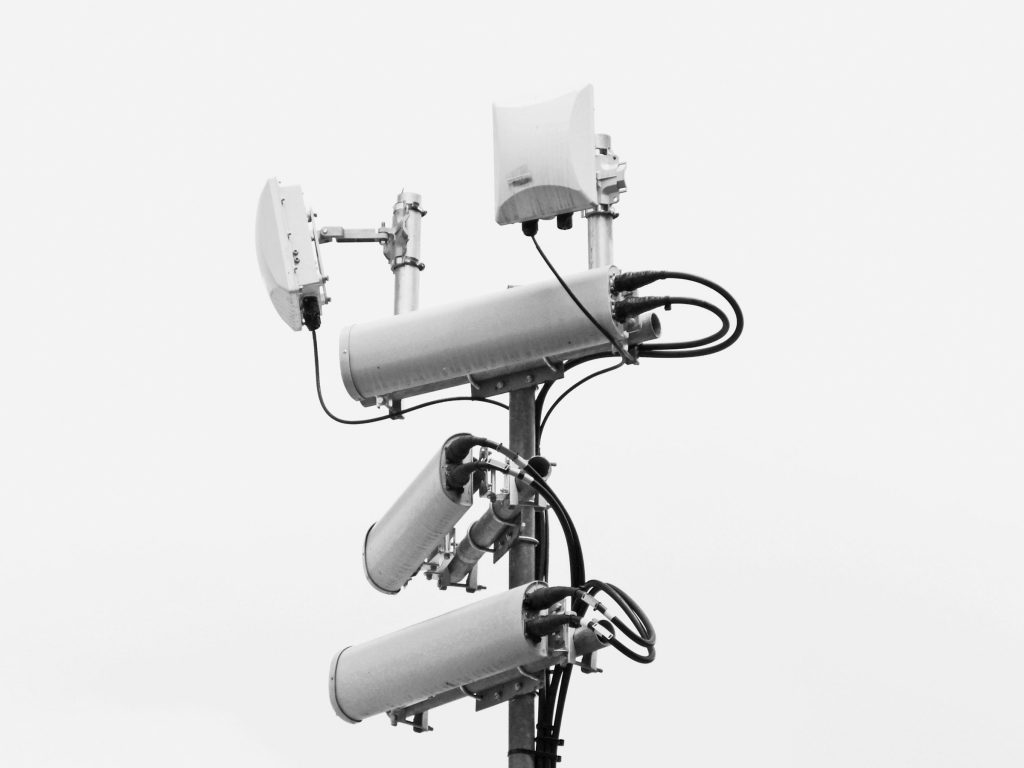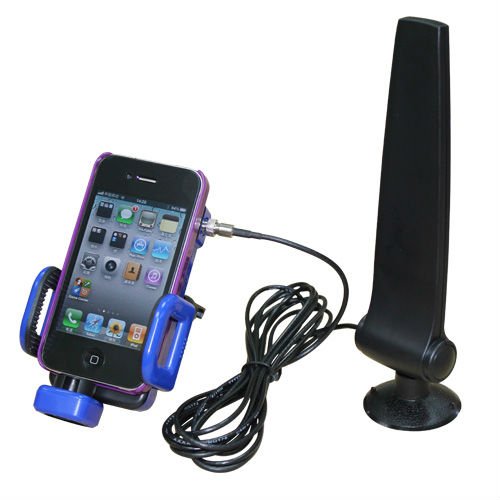
The year is 2021. Technology has advanced, and the internet has become a great source of communication and information. If your phone were to lose internet connectivity, a standard response method would be sheer frustration as you would try to figure out what the problem could be.
If you are a heavy internet consumer whether it’s at home, at the office or in your car, then this is the proper read for you.
A cellular modifier, also known as a cellular repeater, is a form of bi-directional amplifier that improves your phone’s cell reception. The cellular system contains a door antenna, whose purpose is to receive and transmit signals from a cell tower near you, coaxial cables, an indoor rebroadcast antennae, and a signal amplifier.
In addition to ensuring that your phone does not lose internet connectivity, cell phone boosters also play a vital role in ensuring your household’s smooth running. With technological advancements, household utilities are now experiencing a digital switch incorporating internet usage that provides your home with an artificial intelligence feel.
If your house experiences weak signals in various rooms, it becomes impossible for some of your utilities to work, hence more reason for you to purchase a cellular amplifier.
Types of Signal Boosters
Signal boosters exist in two types:
Analog Boosters
These are basic amplifiers, also known as Bi-Directional Amplifiers of BDA. These boosters can be used for any cell phone carrier and frequency. The analog boosters have a signal strength of 63dB to 70 Db. This is what you get to see on your phone as bars.
For these boosters, an outside antenna comes separately.
Smart Booster
Unlike analog boosters, digital boosters operate at specific frequencies and are not compatible with all cell phone carriers. The smart amplifiers work by boosting and also broadcasting clean signals.
Smart boosters have a higher gain of 100 Db, and the complete kit comes with an outdoor antenna; hence there is no need for you to undertake any installation.
Why are you experiencing low signals?

Broadcasting signals from a cell tower can be met with interferences resulting in your mobile device not getting the proper bandwidth to stream your favorite movie or talk to a loved one. Here’s a look at some of the reasons you might be experiencing a weak signal:
Building material
A building constructed with thick concrete material and a large amount of metal will disrupt your signal. Insulation such as fiberglass and solid foam contains foil backing that reduces the signal transmission to your devices.
Also, metal window screens and energy-efficient windows play a part in attenuating your cell phone signal strength.
Rural areas
It is pretty uncommon for you to find a telecommunication base station in most rural areas due to the low housing density. In such cases, it is recommendable for you to install a cellular modifier in your home to increase the coverage.
Size of building
For large buildings such as hospitals, warehouses, and malls, the signal strength tends to be low and ends up covering a small radius within the communication device’s vicinity.
Interference from outside
Structures located outside are likely to cause interference that affects the transmission of signals to your cellular device. These signals are more or less radio waves that have to travel for miles to reach your phone. However, in the presence of landmarks such as high rise buildings, trees, mountains, hills, or weather elements, your signal becomes interfered with.
For adequate reception of the transmission, you either require a clear path from the carrier’s tower, or you have to equip yourself with a cellular modifier.
Distance
Distance is a factor that can significantly influence the reception of cellular signals in your home or your car. The further you are from a cell tower, the lower the signal transmission rate.
Why a Cell Booster is for you

Affordability
The market is filled with a wide variety of signal boosters; therefore, the cost is not an issue. You can easily shop for a signal booster that best suits your home online and have it delivered to your doorstep. If you are unsure how to install it, contact credible service providers such as WilsonPro Das Systems. Learn more about WilsonPro Das Systems by clicking the link. .
All signal amplifiers require a one-time cost of installation, and they do not incur any charges as you continue to use them.
Faster Speeds
There is nothing more annoying than the internet that buffers. With a cell booster, you can experience download and upload speeds with 3G and 4G since all signal boosters are compatible with these networks.
Better Voice and Video Calls
With the ongoing pandemic, most businesses rely on their employees, who now have to work from home. As one of those employees, a fast and efficient network is essential for you to keep the conversation going with your colleagues.
Improve on your voice and video conferencing calls regardless of your location. A signal booster gives you the pleasure of working comfortably in your home without having to run out to the nearest window or tree for better cellular reception.
Improved battery life for your devices
When your phone loses signal, it ends up consuming much of its battery power to search for the signal, especially if it is receiving from a distant cellular tower. An indoor antenna is in more proximity to the mobile device, hence saving your phone’s battery life.
Improves Health
Your cellphone can be detrimental to your health if you use it for a prolonged period. Cell phones emit an amount of radiation that can adversely affect your health. This radiation ends up being greater when your signal reception is low.
A signal booster will ensure that your phone does not end up emitting higher amounts of electromagnetic radiation to reach the tower.
Wider Coverage
Despite the size of an hour building, office, or home, the signal amplifier guarantees you zero dead zones despite the distance from the cellular tower or obstructions that exist in between.
Even in the remotest of places, the signal strength coverage in your house will be available in every corner.
How does it work?

As mentioned earlier, a cell phone works by boosting your carrier’s signal sent to and from your phone to the nearest tower.
The three main components of the amplifier serve various functions to support the continuous signal transmission to your home:
Amplifier:
The amplifier or Bi-Directional Amplifier or booster boosts the signal being received and sent by your phone to and from the tower.
The amplifier is connected to the other components of the signal booster using coaxial cables.
Indoor Antennae
There are two common types of indoor antennae’s, which are dome antennas and panel antennas. The antennas function by distributing the signal to and receiving the signal from your mobile device.
Donor Antenna
A donor antenna sends and receives signals from the cellular tower and is installed on the roof. It is more efficient for some buildings to install a directional antenna that lets you aim at a specific cell tower, thereby increasing the signal strength and reducing any form of cellular interference.
Having identified the essential components of a signal amplifier, the following steps expound on how it works.
Input Process. The input processes commence when the outside antenna, which is either mounted on a roof or a wall, catches weak signals from a cellular tower that is distant. Through the coaxial cable, the signal is then transmitted to the amplifier.
Processing: The amplifier then boosts the input signal to a level as dictated by your consumption. The amplified signal is then transmitted to the inside antenna using another coaxial cable connected to the inside antenna.
Output Process: The amplified signal is then transmitted through the inside antenna, mounted on the signal or wall for use by your mobile device or other internet-requiring gadgets.
This process ensures that the signals transmitted to and from your phone are clean and free from any obstruction or interference.
In the transmission of signals from your phone, the process works in reverse.
As you register your signal device for use, some of the essential information you might need are:
- The name of the person who owns the booster.
- The name of the person who is going to operate the booster.
- The amplifier’s make and model.
- The date of its initial operation.
- The unique serial number on the device.
- The location of the device.
Choosing a right Signal Booster

When choosing a signal booster that is right for you, consider the following steps:
Types of carrier
Some signal amplifiers tend to be carrier-specific such as the smart signal amplifiers, which can transmit specific radio frequencies such as AT&T or Verizon.
You will need to inquire about important information about your carrier’s frequency before deciding which amplifier device to purchase.
Consider also reading reviews from other consumers on a similar carrier network to guide on the right amplifier for you.
Area coverage
Depending on the intended area of coverage, you might end up choosing a cellular amplifier that either has a dome antenna or a panel antenna.
Dome antennas cover single floors, while panel antennas are used across multiple floors.
Strength signal
The strength of the available signal outside will dictate the type of signal booster you can purchase. In areas where the signal is weak, a Yagi antenna is preferable, whereas where the signal is strong, an omnidirectional antenna is advisable.
Avoid the hassle of having to sit through a buffering network or trying to find a zone with an adequate signal for your video call. Get yourself a cell phone signal booster that will be sure to transform your quality of living.




